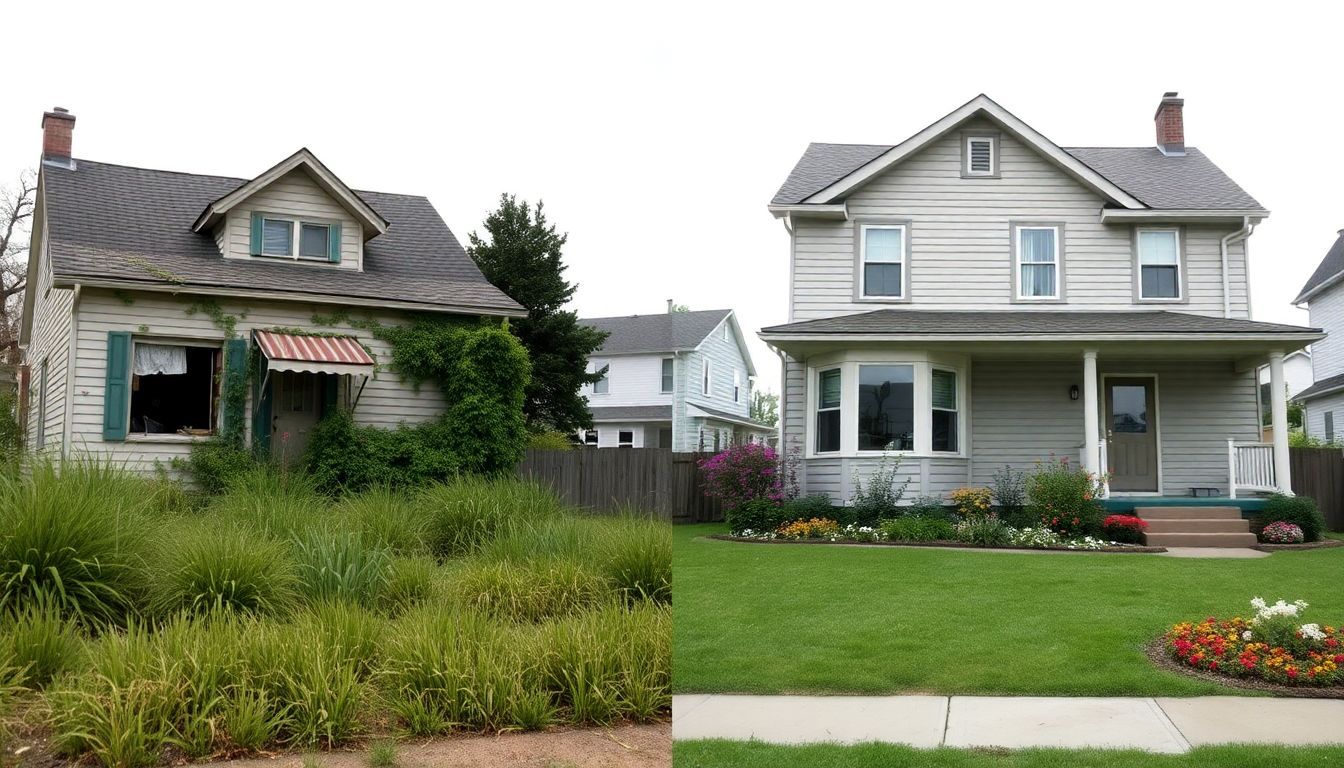Many Americans wonder why some groups live longer than others. Life expectancy in the U.S. differs based on race, income, and where people live. This blog will explore key reasons behind these gaps and share helpful insights.
Thank you for reading this post, don't forget to subscribe!Keep reading to learn more!
Key Takeaways
- Life expectancy in the U.S. varies by race, income, and location. White Americans average 78.8 years, while Black Americans live around 74.8 years. Native Americans face the lowest at 71.8 years; Asian Americans have the highest at 85.7 years.
- Economic inequality plays a big role in health outcomes. Low-income families struggle with less access to healthcare, healthy food, and safe housing—leading to more chronic illnesses like diabetes and heart disease.
- Environmental factors greatly affect lifespan. Poor air quality shortens lives through respiratory issues, while green spaces improve health by reducing stress and promoting activity.
- Rural areas see lower lifespans compared to cities due to limited medical care access and resources like hospitals or doctors.
- Racial disparities remain strong with higher infant mortality among Black individuals and systemic barriers adding stress that worsens overall outcomes for marginalized groups.
Disparities in Longevity in the United States
Life expectancy varies widely across groups in the U.S. Some people live longer due to better access to health care, income, or safer neighborhoods.
Unequal Increase in Life Expectancy
Not everyone in the U.S. has seen the same gains in life expectancy at birth. While some groups live longer, others face early-life deaths or chronic diseases like heart disease and type 2 diabetes.
Black Americans and those from low-income areas often have shorter lifespans compared to wealthier, white communities due to ongoing health inequities.
Racial disparities worsen these gaps. For example, infant mortality rates remain higher among Black individuals than white ones. Geographic location also plays a role—people living in nonmetropolitan areas tend to die younger than those in urban spaces because of limited access to medical care and preventative health services.
Factors Influencing Longevity Discrepancies
Economic status affects how long people live. Those with lower income levels often have less access to healthcare. This can lead to untreated conditions like high blood pressure and chronic diseases.
Poverty rates remain a major factor, limiting healthy food options and safe housing. Education also plays a role—people with lower educational attainment may not know about preventative care or health risks.
The lack of paid parental leave in the U.S., such as maternity or paternity leave, adds stress for low-income families, impacting overall health.
Environmental factors matter too. Areas with high pollution levels harm respiratory health and shorten lifespans. Communities without green spaces promote sedentary lifestyles, increasing obesity rates and stroke mortality risks.
Residential segregation leads to disparities between metropolitan areas and smaller towns or rural regions. Risk behaviors like drug use are higher in some underprivileged communities due to systemic barriers and lack of public policies supporting prevention efforts, worsening these longevity gaps further across racial groups and locations alike.
Statistical Data on Life Expectancy
Life expectancy in the U.S. varies across different groups and regions. Numbers show gaps influenced by health habits, living conditions, and access to care.
Variations Based on Race and Ethnicity
Variations in life expectancy across racial and ethnic groups in the United States are striking. Marginalized groups often face shorter lifespans, reflecting deep-rooted systemic inequities.
| Racial/Ethnic Group | Average Life Expectancy (2019) | Key Challenges |
|---|---|---|
| White Americans | 78.8 years | Higher access to healthcare but rising deaths from substance abuse. |
| Black Americans | 74.8 years | Limited access to care, higher rates of chronic diseases. |
| Hispanic Americans | 81.8 years | Disease burden lower but access to health services often delayed. |
| Native Americans | 71.8 years | Challenges include high rates of poverty and limited healthcare infrastructure. |
| Asian Americans | 85.7 years | Lowest mortality rates; some subgroups face disparities in care access. |
Discrepancies in lifespan reflect broader disparities in living conditions. Structural issues, like limited access to preventive care, worsen health outcomes for some groups. These differences highlight the need for systemic solutions.
Influence of Health-Related Behaviors
Health-related behaviors play a huge role in shaping life expectancy. Choices like smoking, exercising, and daily eating habits can make or break longevity. Here’s how these factors stack up:
| Health Behavior | Impact on Life Expectancy |
|---|---|
| Smoking | Reduces life expectancy by nearly 10 years. Linked to lung cancer, heart disease, and stroke. |
| Physical Activity | Regular exercise can extend life by 3-4 years. Reduces risk of obesity, diabetes, and heart conditions. |
| Diet | Poor diets lead to chronic diseases. High intake of fruits, veggies, and whole grains adds years to life. |
| Alcohol Consumption | Heavy drinking raises risks of liver disease and cancer. Moderate drinking may benefit heart health. |
| Sleep Patterns | Lack of sleep contributes to heart issues and stress. 7-8 hours nightly promotes well-being. |
People’s choices shape their health outcomes in dramatic ways. Each habit either adds or subtracts years. This brings us to socioeconomic status and its influence on longevity.
Impact of Environmental Factors
Environmental factors shape life expectancy in surprising ways. From air quality to green spaces, our surroundings play a critical role in longevity. Below is a breakdown of how these factors impact life expectancy in the United States:
| Factor | Impact on Life Expectancy | Supporting Data/Examples |
|---|---|---|
| Air Pollution | Reduces years of healthy life | Studies link poor air quality to respiratory diseases, heart conditions, and early death. |
| Exposure to Toxic Substances | Damages vital organs over time | Industrial areas with high pollution levels often see lower life expectancy. |
| Access to Green Spaces | Improves mental and physical health | Living near parks or nature increases physical activity and reduces stress. |
| Climate Changes | Increases disease risks | Warmer temperatures can lead to higher rates of heat strokes and infectious diseases. |
| Water Quality | Affects overall health | Contaminated water sources have led to outbreaks like the Flint water crisis. |
Air pollution remains a widespread concern, affecting millions of Americans yearly. It is directly tied to chronic illnesses. Meanwhile, green spaces are linked to longer lifespans, offering much-needed mental and physical relief. Environmental inequities across rural and urban areas show that not all communities have equal access to clean surroundings.

Role of Socioeconomic Status
Income and education affect how long people live. Where someone is born or lives also plays a big role in health outcomes.
Education and Income Level
Higher education often means better health and longer lives. People with college degrees, for example, live an average of 7 years longer than those without a high school diploma. Educational attainment affects job options, leading to higher-paying roles with more health benefits.
Low income limits access to healthy food, safe housing, or regular healthcare. The poorer face higher risks of chronic diseases like hypertension or diabetes. Families earning less may struggle with child poverty and preterm births too—both tied to lower life expectancy trends.
Geographical factors also play a part in this gap between regions…
Geographical Variations in Life Expectancy
Life expectancy in the United States varies greatly by location. People in coastal states, like California and New York, tend to live longer than those in Southern states such as Mississippi or Alabama.
For example, people in Hawaii live about 81 years on average, while those in West Virginia average around 74 years.
These differences often tie to access to healthcare, education levels, and income disparities. Rural areas see worse outcomes compared to cities due to fewer hospitals and doctors.
Environmental factors also play a role—air quality is better in some regions than others. Factors like these connect directly with the disparities seen across race and ethnicity too.
Research Findings on Health Disparities
Studies show major gaps in health outcomes between racial and income groups. These differences affect life expectancy, chronic illness rates, and overall well-being.
Implications for Life Expectancy
Health disparities shorten lives. Unequal access to care, safe places to live, and healthy food keeps some groups from living as long as others. Black individuals often face higher risks of early-life deaths due to conditions like stroke or chronic diseases.
Socioeconomic status also plays a role—those with lower incomes may have shorter life spans.
Environmental factors add more challenges. People in nonmetropolitan areas often lack resources like healthcare or jobs that improve health outcomes. Despite advances in public health efforts, the life expectancy gap persists between different races, ethnicities, and regions in the United States.
Addressing these systemic barriers could boost average longevity nationwide.
Conclusion
Addressing these issues demands bold and thoughtful actions. Change can make life better for many and improve overall health in the nation.
Need for Systemic Changes to Address Longevity Discrepancies
Life expectancy in the U.S. has stopped improving, which shows deep issues. Marginalized groups, especially Black individuals, face shorter lifespans due to racial disparities and systemic barriers.
Socioeconomic disparities in health impact low-income families and those with less education the most. These factors lead to unequal access to healthcare, poor maternal health care, and higher rates of chronic diseases.
Addressing health inequities requires actions like paid maternity leave or unemployment benefits to reduce socioeconomic deprivation. Improving public health policies can tackle non-medical determinants of health like housing and a safe physical environment.
Without such changes, early-life deaths will remain high in underserved communities. This longevity gap affects millions across all metropolitan areas today.
